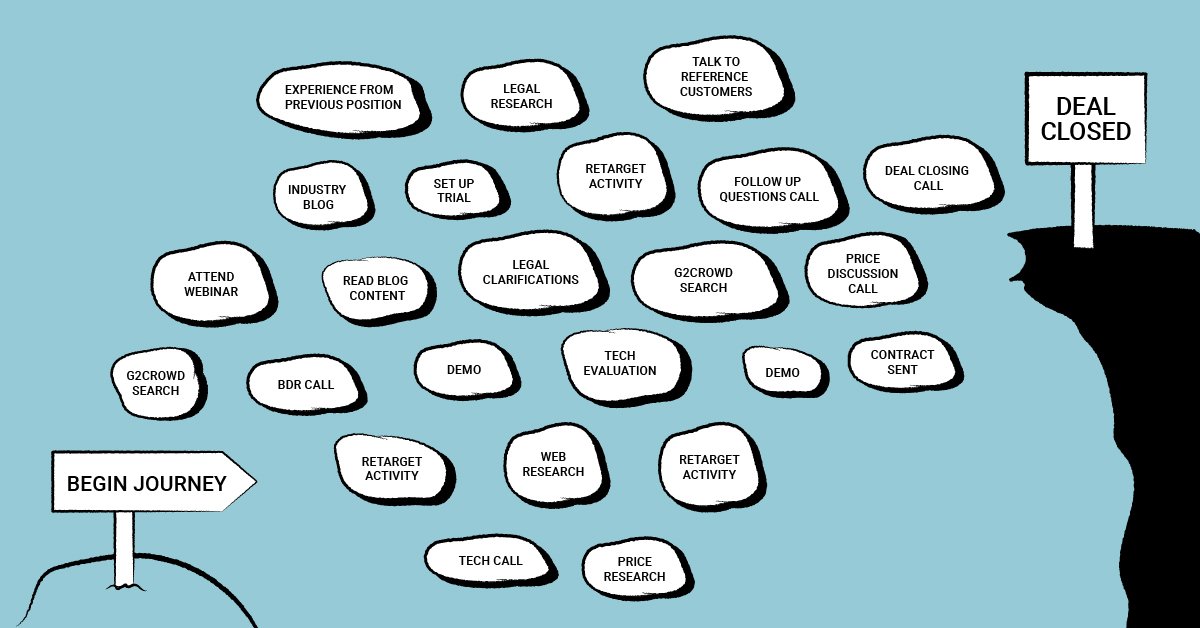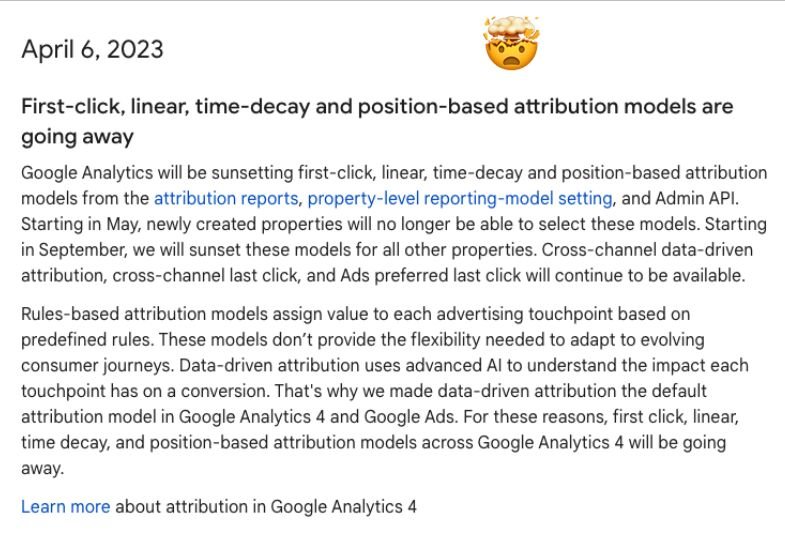7 reasons why we ditched Google Analytics
Article originally published Feb 2022, updated May 2023
Google Analytics… Can you remember the first time you used it?
For at least a decade, virtually everyone has been using Google Analytics in one way or another to monitor user behaviour on our sites.
And love it or hate it, the fact is that Google Analytics has reigned uncontested in the web analytics space. It’s been the primary option available for anyone wanting to understand what happens on their site. For free.
But things are changing, fast.
On the one hand, GA has experienced a growth in quality competitors, both in like-for-like terms and also in niche features.
On the other, GA users have seen a worsening regulatory landscape in the EU - with Denmark, Italy, France, Austria and the Netherlands all banning Google Analytics. Not to mention the sunsetting of Universal Analytics and the changes introduced on GA4.
Combined, these put GA in a tight spot.
It’s also the backdrop for why we at Dreamdata ditched Google Analytics.
Here are the 7 reasons for B2Bs to consider doing the same.👇
7 reasons why we ditched Google Analytics
1. Questionable GDPR compliance
As I’m sure most readers will already be well aware of the regulatory clouds gathering around Google Analytics in Europe.
As reported on TechCrunch, in February 2022 there were a number of rulings over data privacy for GA users - which have continued since, including the Danish Data Protection Agency in September 2022, the Finnish Data protection authority in January 2023, and the Norwegian Data Protection Agency March 2023. This is mainly down to GDPR compliance, as Google Analytics cannot guarantee where the users’ IP addresses end up.
In February 2022, Openli had this to say:
“The Austrian Data Protection Authority recently ruled that an Austrian website’s use of GA was unlawful under the GDPR.
When you track website visitors using GA, their data will be sent outside of Europe, as Google is a US-based company.
Following the decision, the Norwegian Data Protection Authority has recommended finding alternatives to GA. The Danish Data Protection Agency has announced it will be issuing guidance on the use of GA.
On February 10, the French Data Protection Authority officially stated that the current use of GA is illegal.
It’s very likely that there will be more decisions about GA, so it might be a good idea to explore alternatives to GA.”
At Dreamdata we ditched Google Analytics even before the regulatory decisions started streaming in. Here are the reasons why:
2. No support for multi-touch journeys
GA does not support a view of the individual user across many channels and devices.
In a world where the website is the only thing that matters that might be OK. But that world is minute.
The reality is that businesses are interacting with customers across multiple channels, such as website, product, events, webinars, CS, support, AND devices. Meaning that the single-channel, single-device journeys of Google Analytics paint ever-smaller pictures of what’s actually happening.
And for B2Bs like us - where journeys involve multiple users - the case is even more dire.
3. Not intended for B2B (account-based journeys)
GA does not support companies that sell to companies. Users are tracked as individuals and there is no view of the company.
You can count how many people saw your website, visited your content, signed up and so on. But you can’t count how many companies did the same. If you’re a B2B a chunk of those visits will belong to the same account.
The result is like increasing the problem of the single user identity by an order of magnitude.
Making any data-driven decision-making process nigh on impossible.
4. Not intended for long journeys
GA does not support long customer journeys. GA works when the journey is short, with tracking capped to a maximum of 90 days.
As any B2B are painfully aware, B2B customer journeys are more often than not counted in months, if not years.
Once again, it forces B2Bs like us to look for something that enables you to see things from a long perspective. In B2B you have to think far ahead when you are planning demand, running experiments, etc.
5. Incomplete data set
An additional pain for the multi-tech stack business is that GA does not integrate with your other data sources about a company.
GA is built for a world where it is OK to act on the data from the tracking product alone. A rare world for B2Cs; an unexistent one for B2Bs.
For instance, it matters (a lot) if the company is in the CRM. If they are not, then it’s a new lead. If they are then it’s a lead for an existing account.
Without this completeness, decisions and efforts are based on skewed data which makes Sales Reps' lives that much harder.
6. No B2B business results
GA does not integrate with your business results. One thing is knowing that someone visited your website. And maybe submitted a form.
But what happened next? Did they become a lead? An opportunity? A won deal? A long time valuable customer? In B2C (and especially e-commerce) this is partly solved because the valuable transaction happens on the website, and likely even in the same session.
In the B2B world, as we’ve already mentioned, this isn’t the case. The result is there is a gap between action and result. A gap that leaves only proxy KPIs to track performance and success.
7. The loss of attribution models
On the 6th April 2023, GA announced the deprecation of first-click, linear, time-decay and position-based attribution models.
And will leave only the data-driven (as default), last-click, and Ads-preferred last-click models available.
For starters, this will leave many users, and B2B marketers in particular, unable to perform crucial analyses.
As Steffen Hedebrandt puts it,
“This sounds absolutely crazy to me. In my opinion, delivering the 1st touch on journeys that go all the way to your sales pipeline is one of marketing's most important contributions to a company's growth. Get in front of new relevant people and get them into your funnel. That's growth and marketing to me.”
Additionally, unlike independent attribution providers, Google has the incentive to attribute towards Google touches, which the cynic in me makes me a little suspicious of the choice of the remaining models.
But even besides the suspicion, losing these models for B2B marketers can be the straw that breaks the camel’s back.
Is ditching Google Analytics justified?
We ditched Google Analytics prior to the data privacy concerns and long before the removal of attribution models.
But if we’d be facing the choice again now, as many B2Bs are with the migration to GA4, we wouldn’t think twice about moving to another, more tailored, solution.
Are we being unfair? No.
If you’re looking at siloed data points, simplified website metrics, and limited attribution, then GA is great.
But siloed data points are not meaningful for B2B marketers trying to uncover how their efforts are impacting revenue.
Sales cycles are lengthy, many stakeholders are involved, and touchpoints are a challenging to attribute to users and accounts with certainty.
Which means, sticking with GA as a guide for growth would be risky at best.
To put it another way, Google Analytics is still sort of OK for the things it was built for. But for today’s world of B2B marketing, Google Analytics just doesn’t work. It simply isn’t built for it.
A post-Google Analytics world?
Ok, so where does this leave us?
Even without the migration to GA4 and the doom of GDPR non-compliance rulings, Google Analytics offered little benefit to our go-to-market operations.
Truth is, we had been neglecting Google Analytics for a while before we completely ditched it. After all, 5 of the 7 points are not exactly new challenges.
We’ve been lucky enough to have our own tracking and platform to rely on - and with Digital Analytics now fully functional, the loop is fully closed for our purposes.
Here’s what you, as a B2B, can do to move away from Google Analytics.
Look into ways to start storing your own raw data from every go-to-market team.
Identify every tool and piece of software your departments are using and ask them how they deal with GDPR and storage of data.
Implement tracking software or tools for any activity or touchpoint you’re not actively measuring yet (e.g with Dreamdata or segment).
Run your own analytics on the data.
Look into Google Analytics alternatives
Google Analytics Alternatives
Alternatively, you might want to look for Google Analytics Alternatives which meet your needs out-of-the-box.
Here’s three things to bear in mind when looking for an alternative:
Find a niche web analytics provider that meets your needs, e.g. mobile analytics, or B2B analytics.
Make sure the migration is as seamless as possible. Think here about the tracking script and what metrics are being reported.
And of course, check that the platform is GDPR compliant!
Check out these great lists for inspiration:
https://blog.hubspot.com/website/best-google-analytics-alternatives
https://www.semrush.com/blog/google-analytics-alternatives/
Are you a B2B? You can always try Dreamdata as a Google Analytics alternative free.




